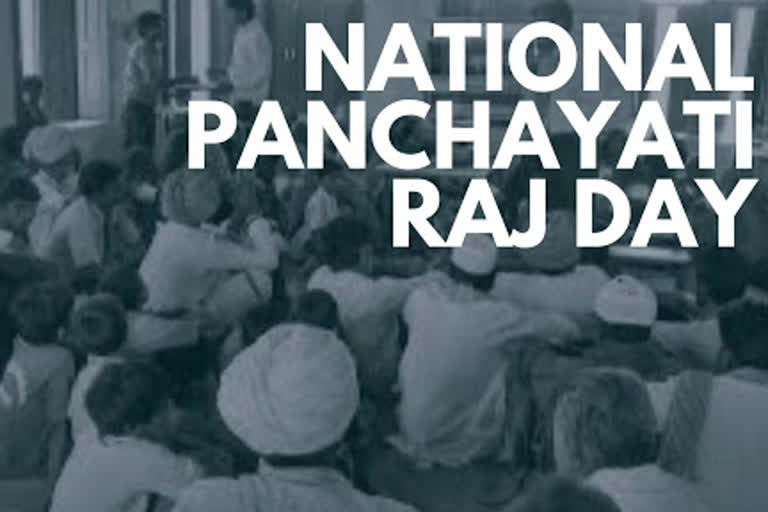Hyderabad:As India celebrates National Panchayati Raj Day on April 24, Prime Minister Narendra Modi will address the various Gram Panchayats across the country, apart from launching a unified ‘e-GramSwaraj Portal’ and Swamitva Scheme on the occasion, via video conferencing given the coronavirus outbreak.
While the ‘e-GramSwaraj Portal’ will provide the Gram Panchayats with a single interface to prepare and implement their Gram Panchayat Development Plan (GPDP), Swamitva Scheme is aimed at delivering an integrated property validation solution for rural India, among other things.
Apart from the annual address by the Prime Minister, the day is also marked by awards given out by the Ministry of Panchayati Raj to the best performing Panchayats across the country under the ‘Incentivization of Panchayats’ programme as a recognition of their good work.
This year three such awards - Nanaji Deshmukh Rashtriya Gaurav Gram Sabha Puraskar (NDRGGSP), Child-friendly Gram Panchayat Award (CFGPA) and Gram Panchayat Development Plan (GPDP) Award - are to be given away to three village Panchayats of Uttarakhand.
What is National Panchayati Raj Day?
April 24, 1993, marks a defining moment in the history of decentralisation of power to the grassroots, with the institutionalisation of ‘Panchayati Raj’ system, through the 73rd Amendment to the Constitution on April 24, 1992.
Hence, the Ministry of Panchayati Raj commemorates April 24 as the National Panchayati Raj Day (NPRD), as the Constitution (73rd Amendment) Act, 1992 came into force on this date a year later.
The first National Panchayati Raj Day was celebrated in 2010.
History
In the year 1957, a committee was formulated which focused on the evolution of Panchayati Raj in India. Balwantrai Mehta was appointed as the chairman of the committee which recommended a decentralised three-tier Panchayati Raj system:
- Gram Panchayat at the Village level
- Panchayat Samiti at the Block level
- Zila Parishad at the District level
